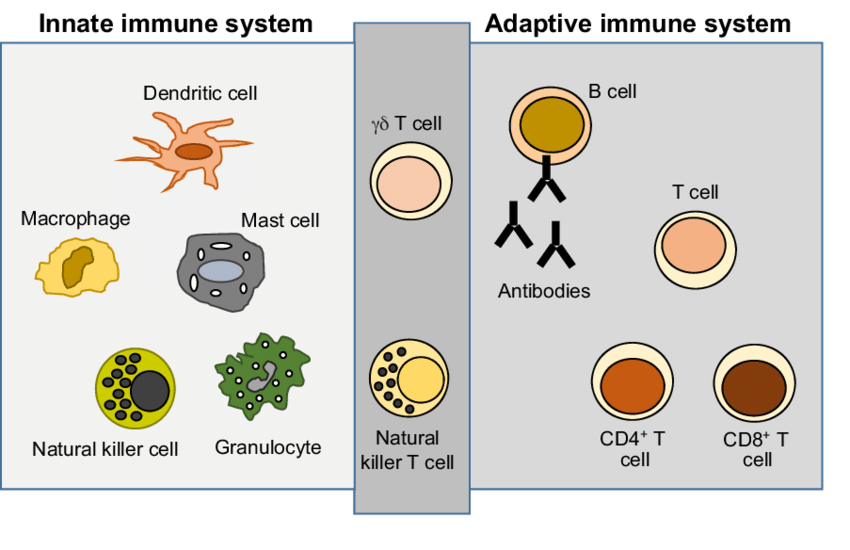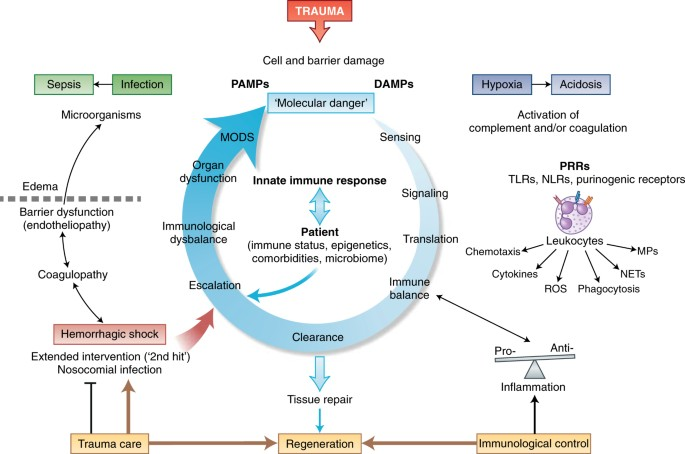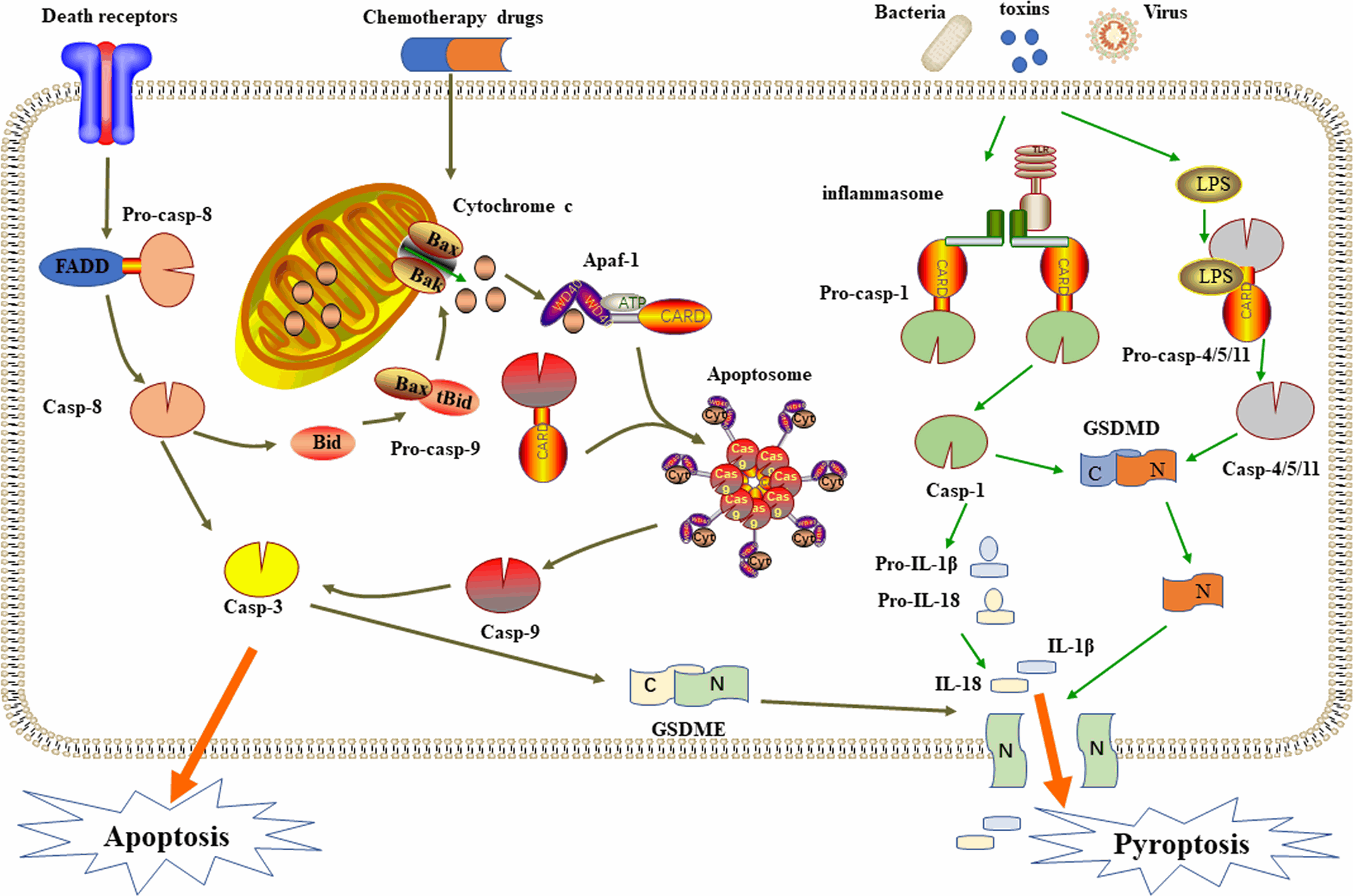An Overview
The human body constantly faces a barrage of pathogens, including bacteria, viruses, parasites, and fungi. To combat these threats, we possess a remarkable two-part defense system: innate and adaptive immunity. This blog post explores the distinct characteristics, functions, and coordinated actions of these two essential components of host defense.
Innate Immunity: The Immediate Response
Innate immunity represents the body's non-specific, immediate response to any foreign invader. This evolutionarily conserved system serves as the first line of defense, acting quickly and broadly against a wide range of pathogens. Key components of innate immunity include:
- Physical barriers: Skin, mucous membranes, and tight junctions in epithelia physically block pathogen entry.
- Phagocytic cells: Neutrophils and macrophages engulf and destroy pathogens through phagocytosis.
- Natural killer (NK) cells: These lymphocytes directly lyse infected or abnormal host cells.
- Microbial pattern recognition receptors (PRRs): PRRs recognize conserved molecular patterns on pathogens, triggering inflammatory responses and immune cell activation.
- Complement system: A cascade of serum proteins enhances opsonization, phagocytosis, and direct pathogen lysis.
Adaptive Immunity: The Tailored Response
Following exposure to a specific pathogen, the adaptive immune system develops a highly specific and long-lasting memory response. This system takes longer to activate compared to innate immunity but provides targeted and potent defense against specific antigens. Key features of adaptive immunity include:
- Antigen presentation: Specialized antigen-presenting cells (APCs) such as dendritic cells process and present antigens to T lymphocytes.
- T lymphocytes: These lymphocytes orchestrate the adaptive immune response. Helper T cells activate B cells and other immune cells, while cytotoxic T cells directly kill infected cells.
- B lymphocytes: B cells differentiate into plasma cells that secrete highly specific antibodies tailored to neutralize pathogens.
- Immunological memory: Memory B and T cells persist after an immune response, allowing for a rapid and amplified response upon re-encounter with the same pathogen.

The Synergistic Relationship
Innate and adaptive immunity function in a highly coordinated manner. Innate immune responses provide the initial defense and shape the subsequent adaptive immune response. Phagocytes can process and present antigens to T lymphocytes, initiating the adaptive response. Additionally, cytokines and inflammatory mediators released by innate immune cells influence the activation, differentiation, and effector functions of adaptive immune cells.
Caspase ELISA kits,like those offered by Gentaur, are not directly used to assess overall human immunity. Human immunity is a complex system with various cell types and mechanisms involved. Caspase ELISA kits offer a more specific tool for measuring caspase activity, a cellular process involved in programmed cell death (apoptosis). While not all immune responses involve apoptosis, caspases do play a role in eliminating virus-infected cells or abnormal immune cells. Therefore, caspase ELISA kits might be used in research settings to investigate specific aspects of immune cell function or dysfunction related to apoptosis. However, they wouldn't provide a general picture of overall human immunity.
Concluding Remarks
The intricate interplay between innate and adaptive immunity safeguards human health. Innate immunity provides a rapid and broad first line of defense, while adaptive immunity mounts a highly specific and long-lasting response against specific pathogens. Understanding this coordinated system is crucial for developing effective vaccines, immunotherapies, and strategies to combat infectious diseases and immune dysregulation.